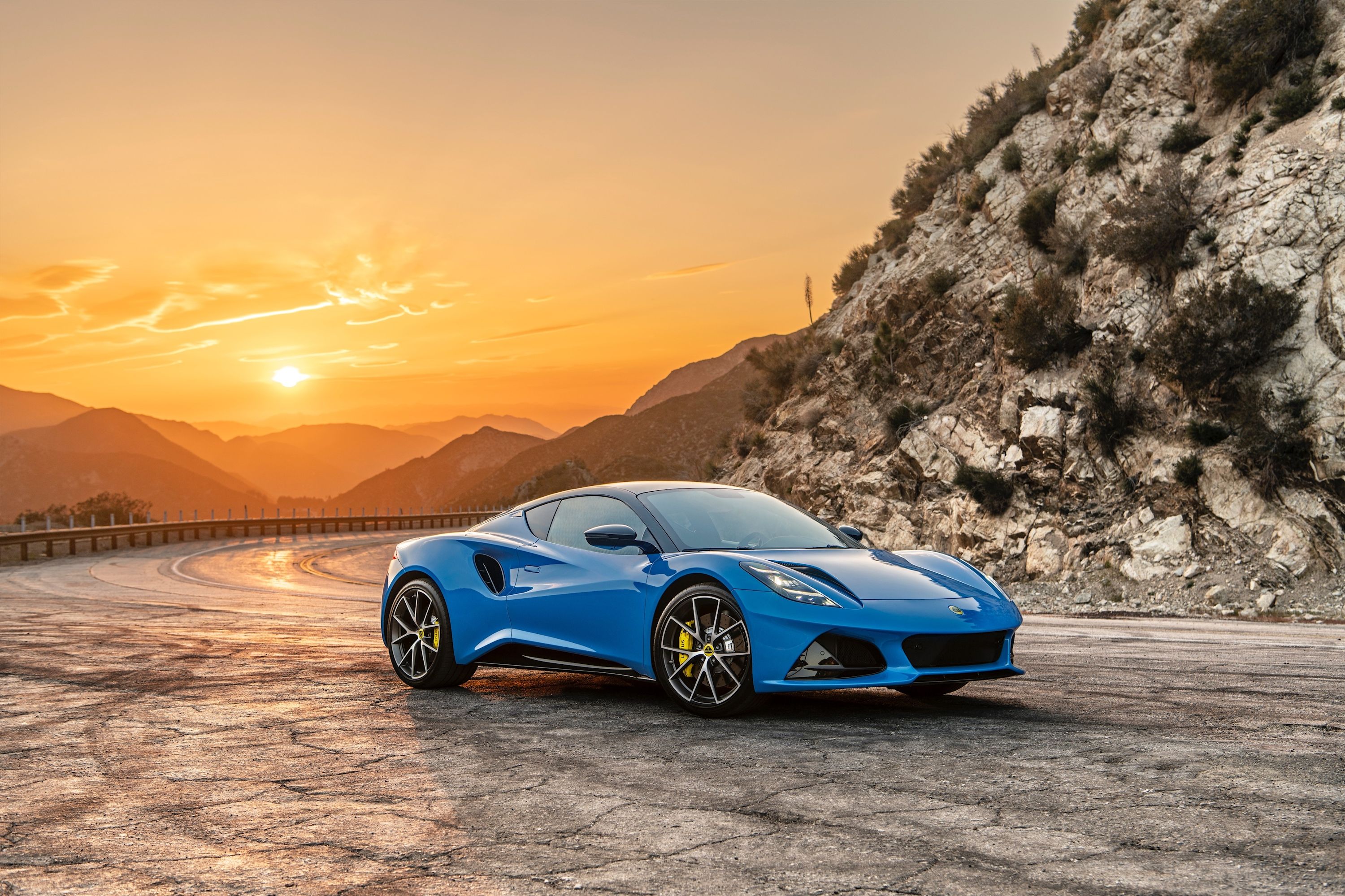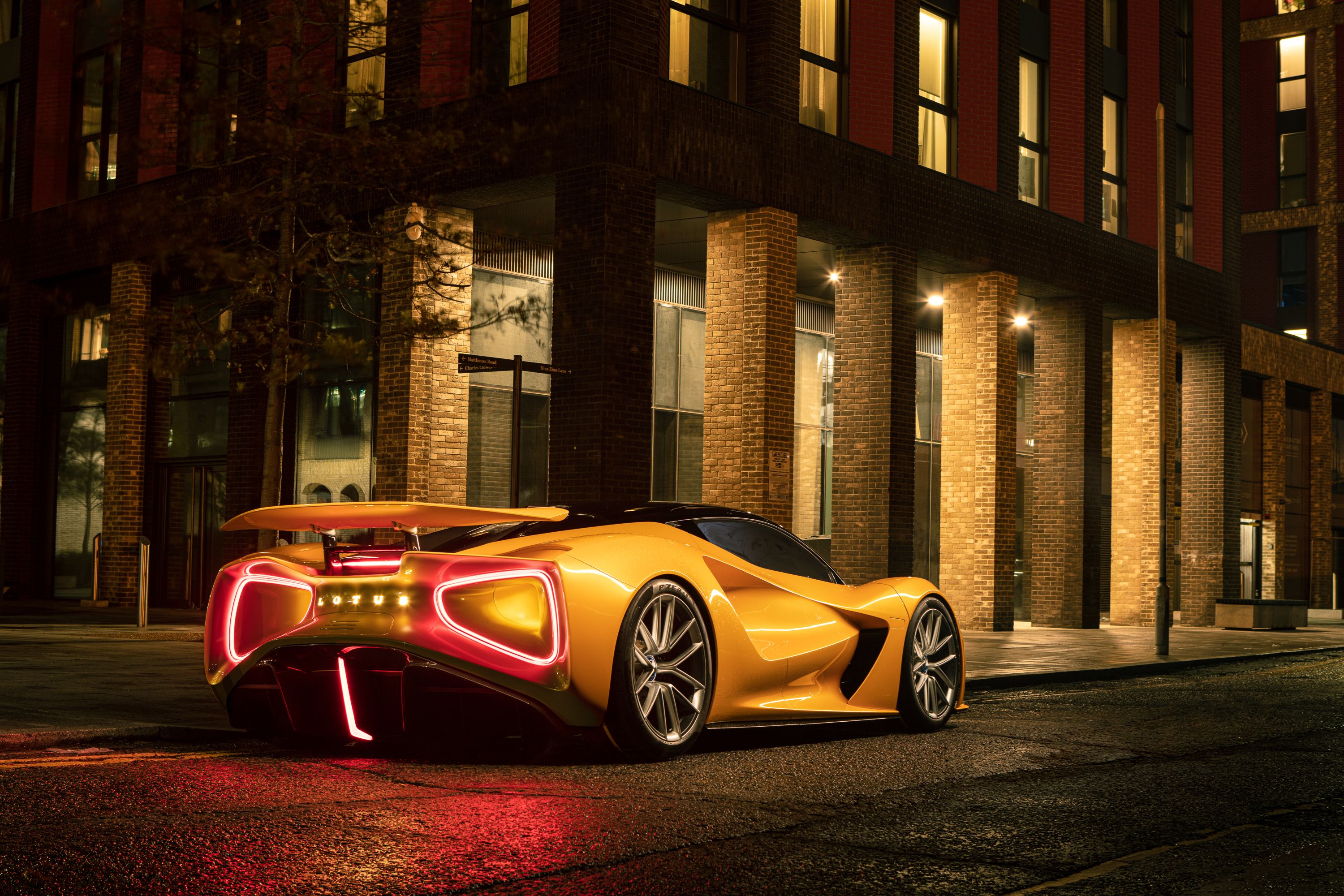
As one chapter of Lotus comes to a close, a new one opens. The company held a digital conference outlining its plans for the future and sustained profitability. The big news is that the company's new sports car, codenamed Type 131, will officially be called Emira. It will be inspired by the Lotus Evija hypercar and will premiere on July 6.
Other insights from the conference include details and transforming the business, four new platforms and a new technology road map.
"We vow to regain four prime position in automotive engineering," Group Lotus CEO Feng Qingfeng said. "While working hard and expanding the global market."
Lotus launched its Vision80 plan in 2018 after the company's 70th anniversary. It planned to transform the business, revolutionize the product range and deliver results every year by 2028, its 80th anniversary. Managing Director Matt Windle said the company is going to see success.
"Our ongoing Vision80 plan to transform Lotus is on track. This year is a pivotal one for Lotus, particularly with our sports cars we reach the end of one era and begin another," said Windel. "The spirit and passion that gave the world the Elise, Exige and Evora will live on in the next generation of cars - cars like the all-new Lotus Emira."
That new car, the Emira, will make its public debut at the Goodwood Festival of Speed on July 8-11, after we get to see it the preceding Tuesday. It will not be a hybrid, says Lotus. But it will be the last ICE car the company offers. The powertrain will be new, "highly efficient, use cutting edge technology and be tuned to help deliver that distinctive Lotus experience."
The four new platforms include a sports car architecture, a hypercar architecture, a premium architecture and an electric sports car architecture. Let's take a look at them one by one.
The sports car architecture is referred to internally as the Elemental architecture and this is what the Emira will be built upon. Lotussays it's flexible, lightweight, and made from aluminum. "This sports car platform is a massive step-change technically. Every dimension is different to previous generations of Lotus sports cars." We hope it's not too different, as the Exige was one of the best handling cars ever produced.
The hypercar architecture will underpin the monstrous Evija hypercar. This is internally known as the extreme platform. The Evija will go into production later this year, and Lotus notes that though there is a global pandemic, development has not stopped. Besides several thousand miles of real-world testing, the company is working with a simulator company, running thousands more, virtually.
Next up is the premium architecture, which will be global, and the base for a new range of "lifestyle vehicles" from the company. Lotus says these cars will sell in higher volumes and with more significant revenues. The platform was designed in the UK, but supported by teams in China, Sweden and Germany.
Finally, we have the electric sports car architecture that Lotus will build with Group Renault's Alpine brand.
"The E-Sports architecture will be flexible and modular, and will generate an exciting new sports car for the Lotus brand, with contemporary styling, class-leading ride and handling, explosive performance and that unmistakable Lotus character - a pure dynamic experience that is 'For The Drivers', said Windle. "I have challenged our teams to target the same weight as our latest combustion engine sports cars."
Lotus' future is based on performance, intelligent technology and sustainability. Performance you understand: lightweight, excellent ride and handling, advanced aerodynamics. Intelligent technology has a little more to it. Its roadmap is called EAS-IP, which stands for electrify, amplify, simplify, intensify and personify.
Electrify has been a part of the Vision80 strategy from the start. Hence, the Emira will be the company's last ICE-powered vehicle. The Evija hypercar is the first example. Amplify means "committing to delivering innovative and engaging technologies," according to Lotus. It will dial up the importance of tech in its new range, which will drive desirability. Simplify comes straight from the founder Colin Chapman who said "simplify and add lightness."
Intensify means "developing a reputation as a world leader in Human Machine Interface (HMI), User Interface (UI), and User Experience (UX)." And finally personify, where Lotus plans to give is new models a brand character that will become part of the company's DNA.
Sustainability, both in the profit sense and the climate sense, is probably the most important. Lotus, as part of that Vision80 plan, will "transform its business, revolutionize its product range, and deliver results every year."
Through its partnership with Geely, Lotus has six sites across the globe to draw from including its home base in Hethel, its advanced tech center in Wellesbourne, UK, Gothenburg, the home of Geely innovation, Geely's other spot in Frankfurt, Germany, the USA and of course, China, the leading market for electrification.
The last piece of the future of Lotus is a new retail strategy that will see the company launch new look showrooms, one is already in the Middle East, a new brand experience with new retail partners, and adding more channels to get into the brand.
"Launching an all-new visual identity for our retail partners is another hugely exciting step in our transformation of the Lotus brand," said Geoff Dowding, Executive Director, Sales and Aftersales. "The inherent flexibility of what we have created will be perfect for all environments, whether they're solo or multi-franchise, urban or out-of-town, high street or shopping mall, single or multi-story, pop-up, seasonal or permanent."
This is all good news for a brand loved by enthusiasts the world over. We're glad this new plan is in place but we're still excited to get one more traditional vehicle from the company. If somehow it can be a better sendoff than the three we just lost; we expect great things for the future of Chapman's little brand.

